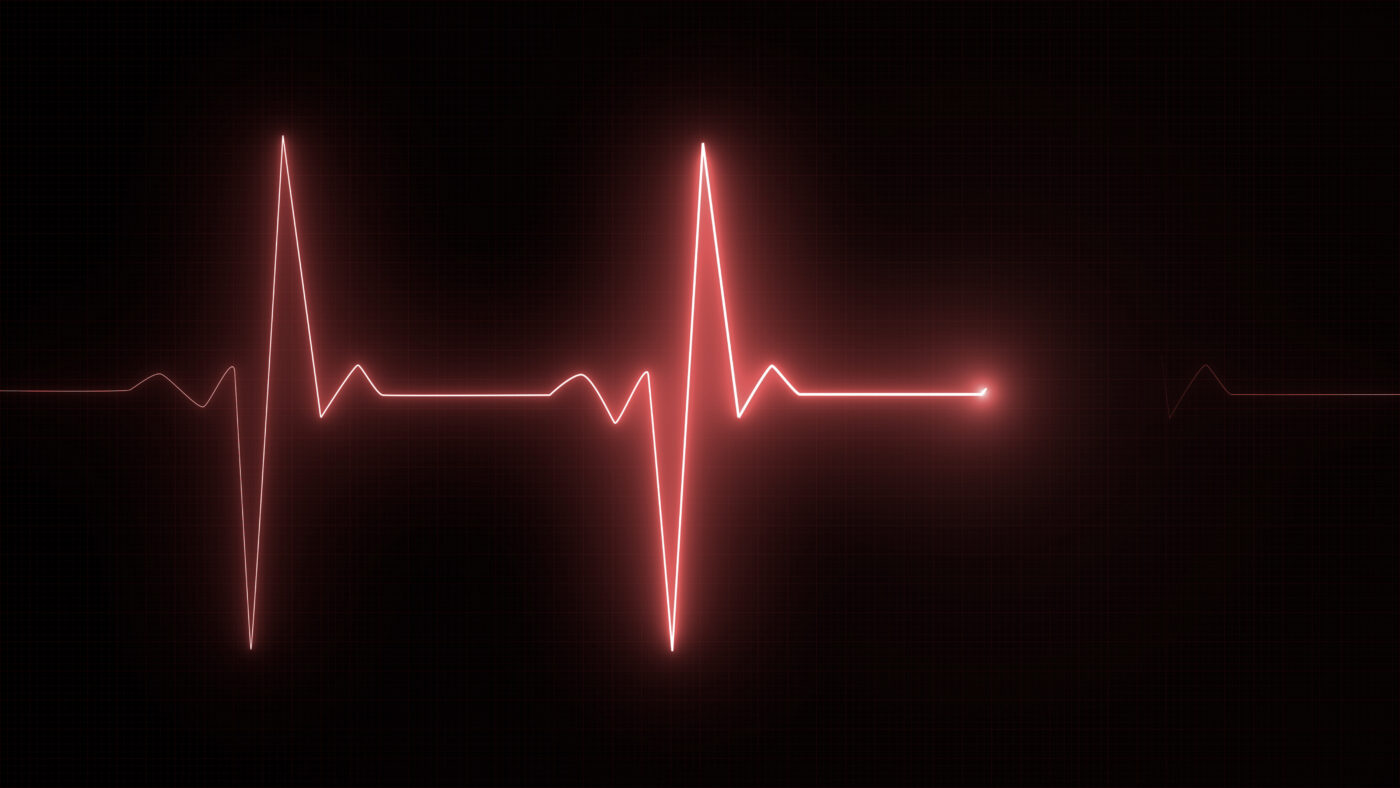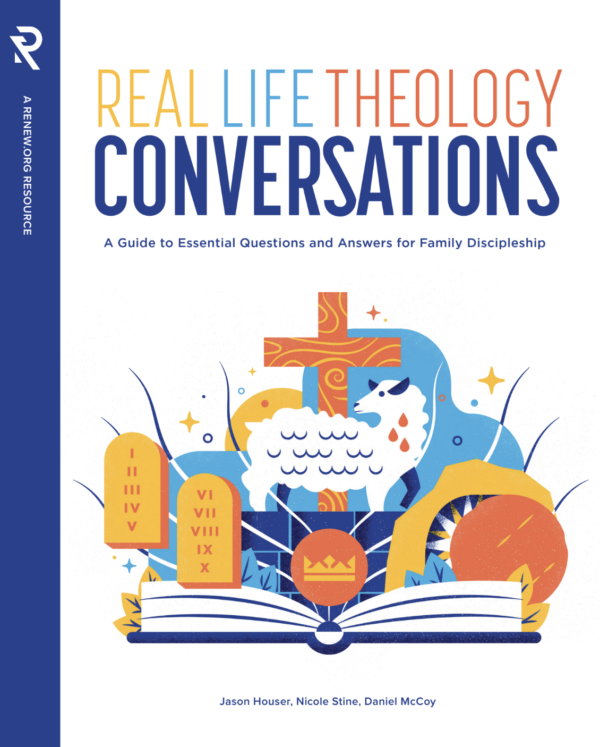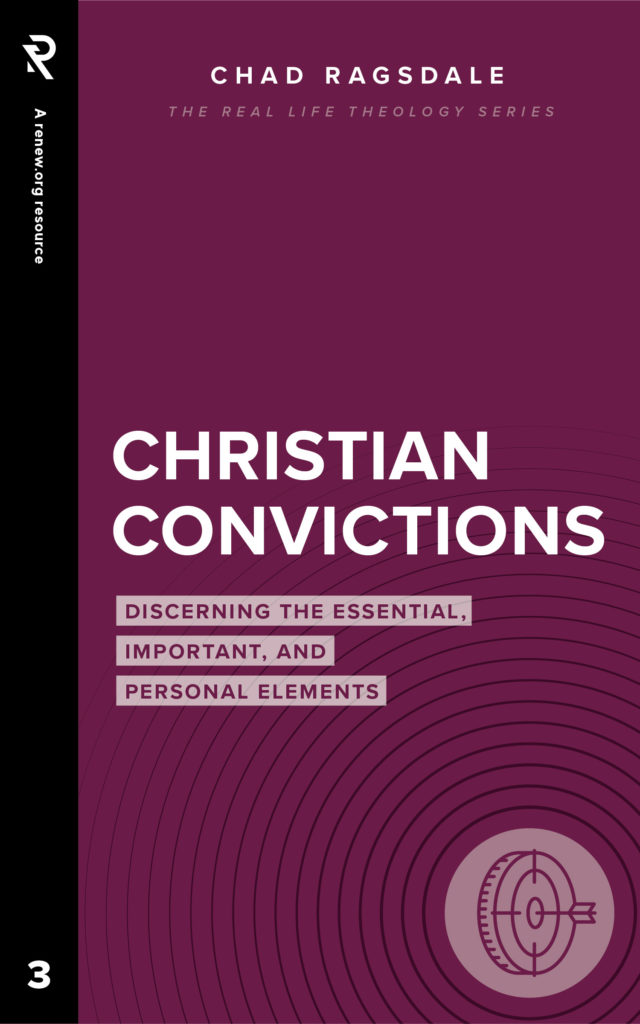
Near Death Experiences and Proof of the Afterlife
“I felt so blissful and whole . . . full of the most love I had ever experienced. I thought to myself, ‘If this is dying, then it’s not as bad as everyone thinks it is.’ Then I saw a light from above me. It was pulling me away from the room. I figured it was okay to just let this happen, to go with the flow and accept whatever was to be. The light was getting brighter, engulfing my body. Body? I had no body. It stayed back down in that damp room. I realized that I was dead physically but mentally I was still alive. My soul was now my ‘body.’ I looked up into the light. I could see someone beckoning me to come. He was there at the end of this lit tunnel. Then I heard a voice. It was a man’s voice. He asked me if I was ready. I felt so good. It was so easy.”
—A woman named Michelle from Boston who “died” after being shot by her boyfriend
Summer is a time where I like to catch up on some reading that I’ve been putting off. Several years ago I had a teacher encourage us to read up about “near death experiences.” It was both personal and professional for him. He had a near death experience personally which had radically changed his outlook on life and death. He also is a philosopher and apologist who saw the value in researching these phenomena as evidence for the immaterial human soul and life after death.
I had been putting it off. There was always something else to read, and, if I’m honest, I guess I didn’t really take these claims about dramatic experiences right before death seriously. I thought of them as being similar to alien sightings. I don’t doubt that some of the people who report seeing aliens or UFOs saw something. I just have a lot of doubts in their ability to definitively interpret what they saw as aliens from another planet. They are the type of claims that might cause you to respond with a measure of pity rather than amazement. “Oh, bless your heart.”
“They are the type of claims that might cause you to respond with a measure of pity rather than amazement.”
A problem that many of us have is that we don’t actually think as much as we react. When we hear a claim, our natural inclination is not to carefully consider the claim weighing the evidence. No, we don’t have time for all that. It’s easier to react based on previously adopted beliefs, unconscious assumptions, and personal dispositions.
I run into this all the time as an apologist. A claim like the resurrection does not typically invite a careful investigation of the evidence from skeptics. Instead, it elicits a quick and decisive reaction – a reaction that is often very emotional and falsely attributed to “critical thinking.” They already “know” that the resurrection is false, and so they are comfortable turning off their brains. I wrote a while ago about how I’ve had to challenge some of my own cynicism about miracles. I still harbor quite a bit of skepticism about aliens, but after reading Evidence of the Afterlife I’m reconsidering some of my kneejerk skepticism about near death experiences.
The author of the book, Jeffrey Long, is no crank. He’s a medical doctor who has been carefully studying the phenomena of near death experiences for decades. He helps to operate a web site that has chronicled the remarkable stories of thousands of individuals around the globe. Each of these stories is individual and distinct, but careful analysis has led researchers to identify several features that are common across many of these stories. Dr. Long also does not possess an obvious religious faith. Studying NDE has convinced him an afterlife exists, but it is not at all clear what he believes about God or Christianity. So, he’s not approaching this topic trying to prove anything about the truth of a particular religion.
“I’m reconsidering some of my kneejerk skepticism about near death experiences.”
There are nine lines of evidence that have led Dr. Long to conclude that there is an afterlife:
- The level of consciousness and alertness during NDEs is usually greater than that experienced during everyday life.
- What people see and hear in the out-of-body state that often accompanies NDEs is generally realistic and often verified later as real.
- Normal or supernormal vision occurs in NDEs among those with significantly impaired eyesight.
- Typical NDEs occur under general anesthesia at a time when conscious experience should be impossible.
- Life reviews in NDEs include real events that took place even if the events were forgotten.
- When people encounter beings they knew from their earthly life, they are virtually always deceased, usually deceased relatives.
- The NDEs of young children are strikingly similar to those of adults.
- NDEs are remarkably consistent around the world.
- It is common for people to experience durable changes in their lives as aftereffects following NDEs.
There are other, more specific observations that come from the research. Most NDEs include some or all of the following elements: Out-of-body experience, heightened senses, intense positive emotions or feelings, passing into or through a tunnel, encountering a brilliant light, encountering other beings, a sense of alteration of time or space, life review, encountering unworldly realms, encountering or learning special knowledge, encountering a boundary or barrier, and a return to the body. The evidence that he presents is compelling and convincing. He entertains various counter-arguments in the book, and none of them are found to be sufficient explanations. It really does seem as if people are having real and somewhat consistent experiences as they near the finality of death.
“Near death is not the same thing as after death.”
Some caveats need to be made. Near death is not the same thing as after death. The researchers are careful about their definition of a NDE. The individual had to be in a physically compromised condition that if it didn’t dramatically improve would result in death. But still, we should probably be a little cautious about making definitive claims about heaven or the afterlife based on the experiences of people who were nearly dead.
It should also be noted that NDEs are vague in regards to their theological content. Some people report encountering (usually hearing) a generic God or creator. Some report interacting with angels. But if you go to NDEs hoping to draw specific theological conclusions, you’ll likely be disappointed. Christians, Muslims, and people who aren’t religious at all report having NDEs.
Thirdly, NDE are likely more common than you think, but they are still exceedingly rare.
As a Christian, I obviously believe in certain spiritual realities like the soul and life after death. These beliefs are more than academic. They are the kind of beliefs that give shape to my life and my hope. It shouldn’t surprise me when people report having experiences that testify to these spiritual realities, but I don’t need a book like this to justify my belief in these things. What I did experience was comfort and encouragement from reading all of these accounts. Perhaps that’s the type of encouragement you need as well.
So, what do you think? Do you believe NDEs are real?
From chadragsdale.wordpress.com. Used with permission.








